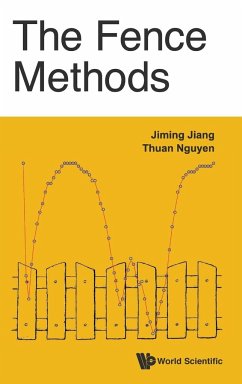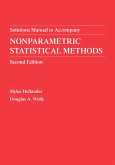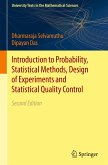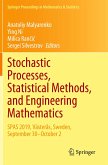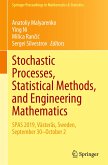This book is about a recently developed class of strategies, known as the fence methods, which fits particularly well in non-conventional and complex model selection problems with practical considerations. The idea involves a procedure to isolate a subgroup of what are known as correct models, of which the optimal model is a member. This is accomplished by constructing a statistical fence, or barrier, to carefully eliminate incorrect models. Once the fence is constructed, the optimal model is selected from amongst those within the fence according to a criterion which can be made flexible. In particular, the criterion of optimality can incorporate consideration of practical interest, thus making model selection a real life practice. Furthermore, this book introduces a data-driven approach, called adaptive fence, which can be used in a wide range of problems involving determination of tuning parameters, or constants. Instead of relying on asymptotic theory, the fence focuses on finite-sample performance, and computation. Such features are particularly suitable to statistics in the new era.
Hinweis: Dieser Artikel kann nur an eine deutsche Lieferadresse ausgeliefert werden.
Hinweis: Dieser Artikel kann nur an eine deutsche Lieferadresse ausgeliefert werden.

